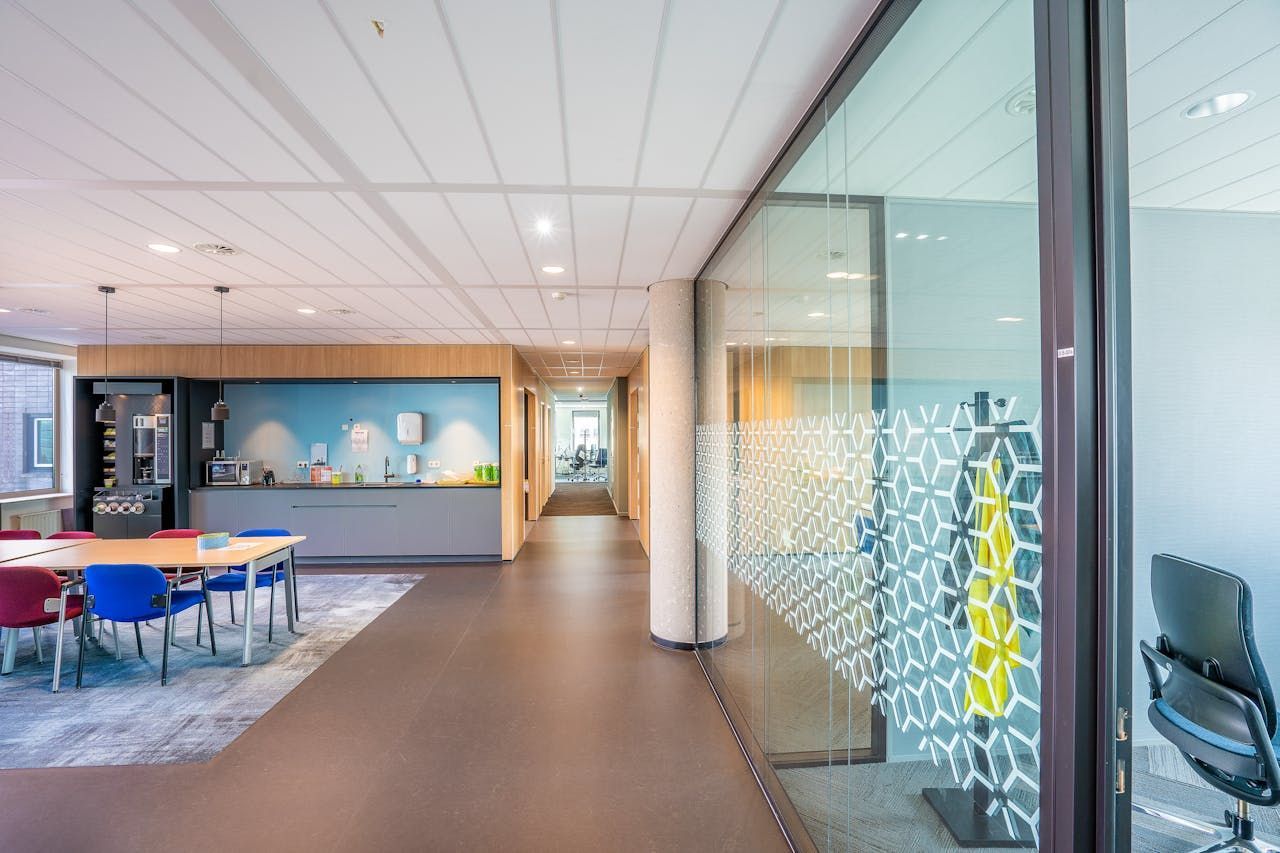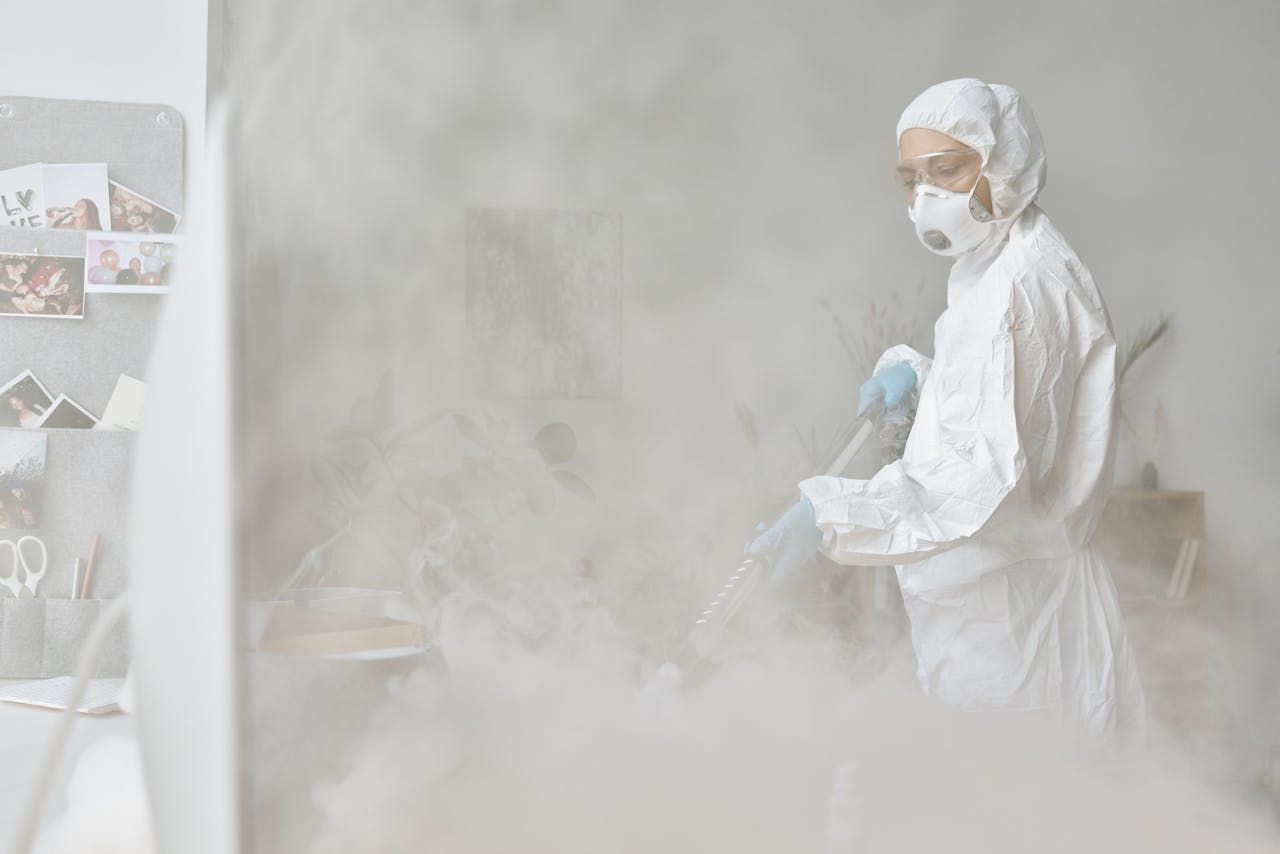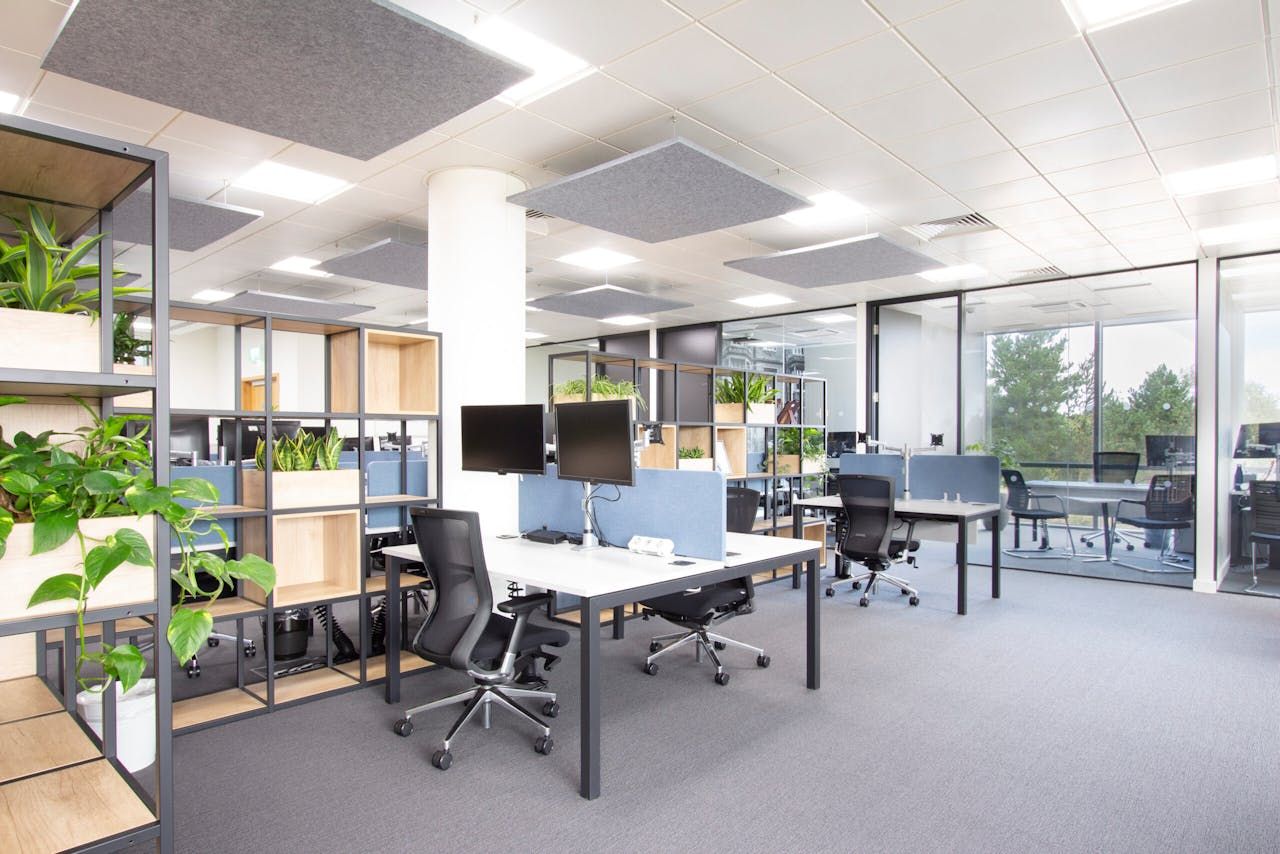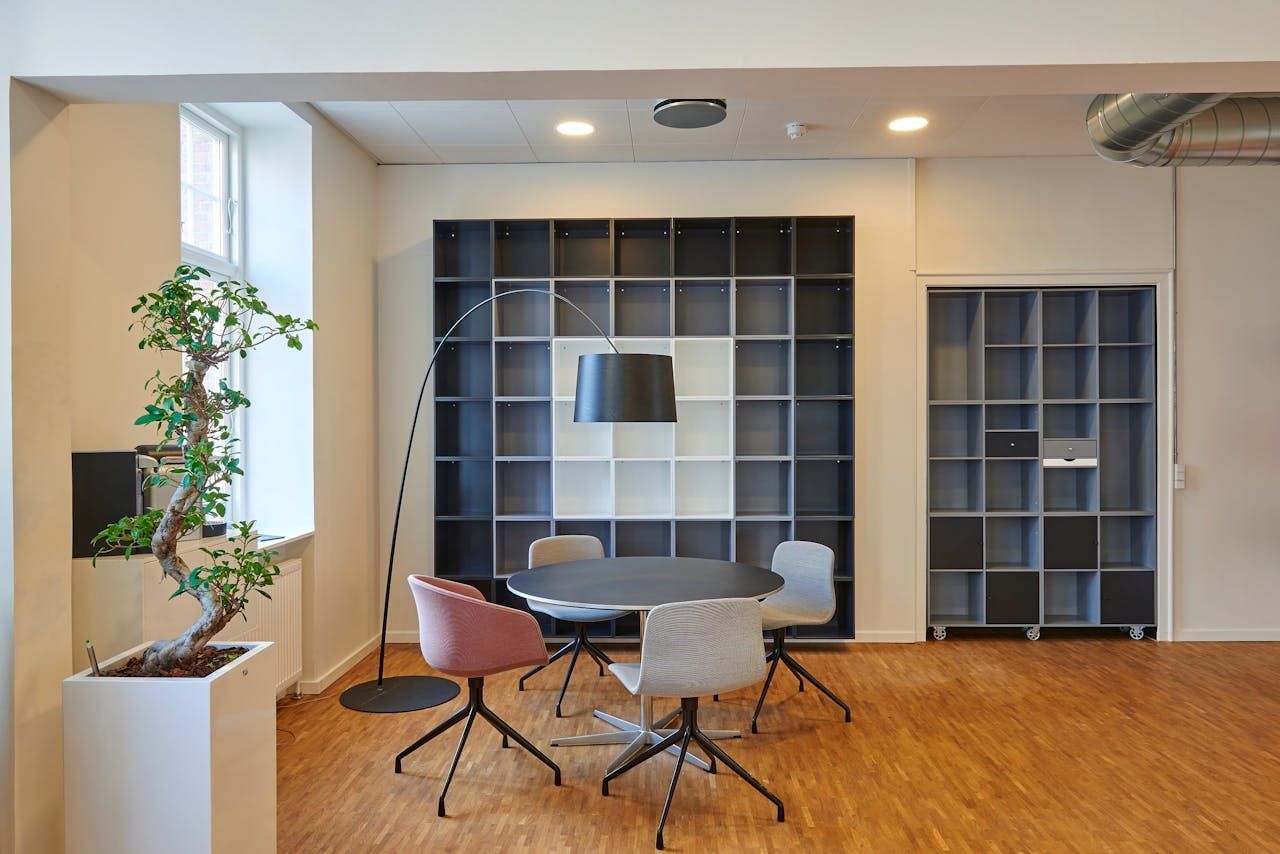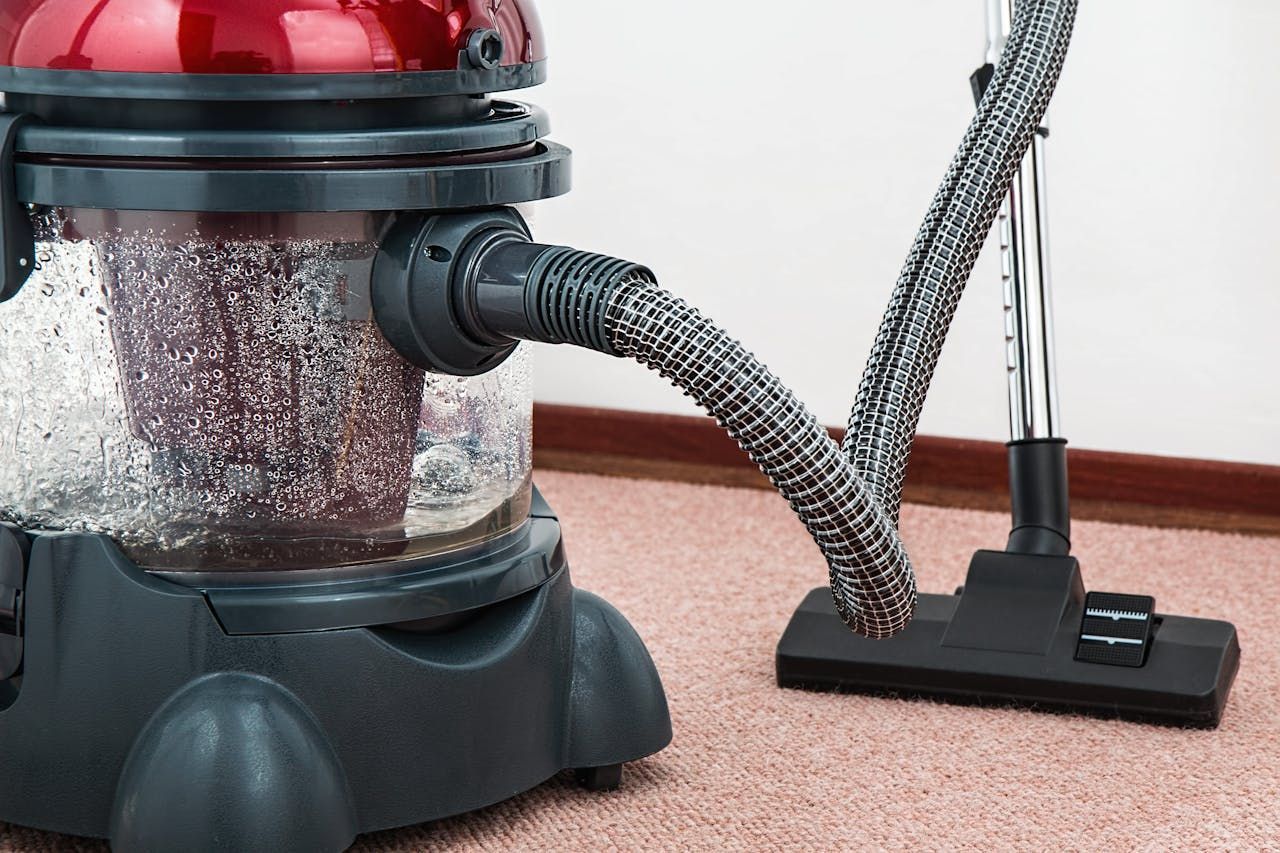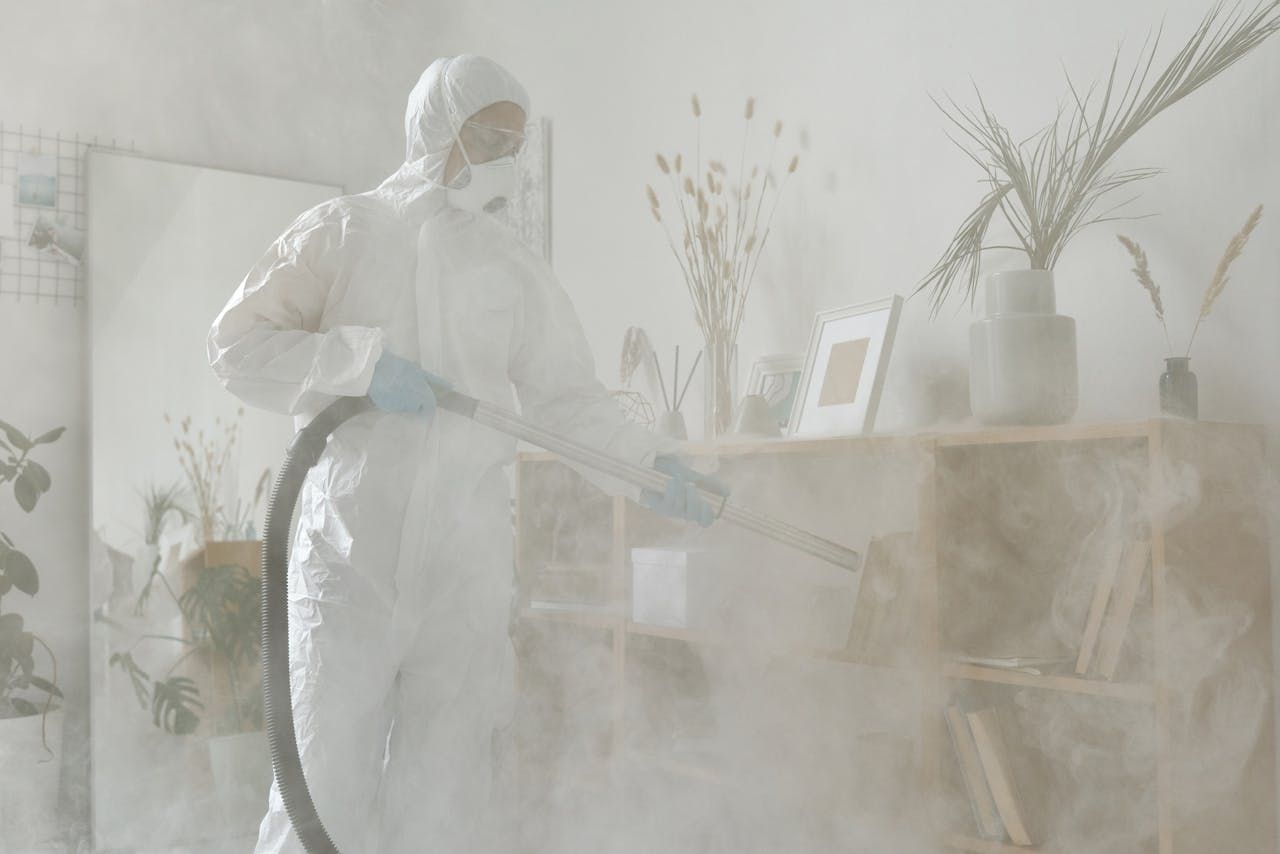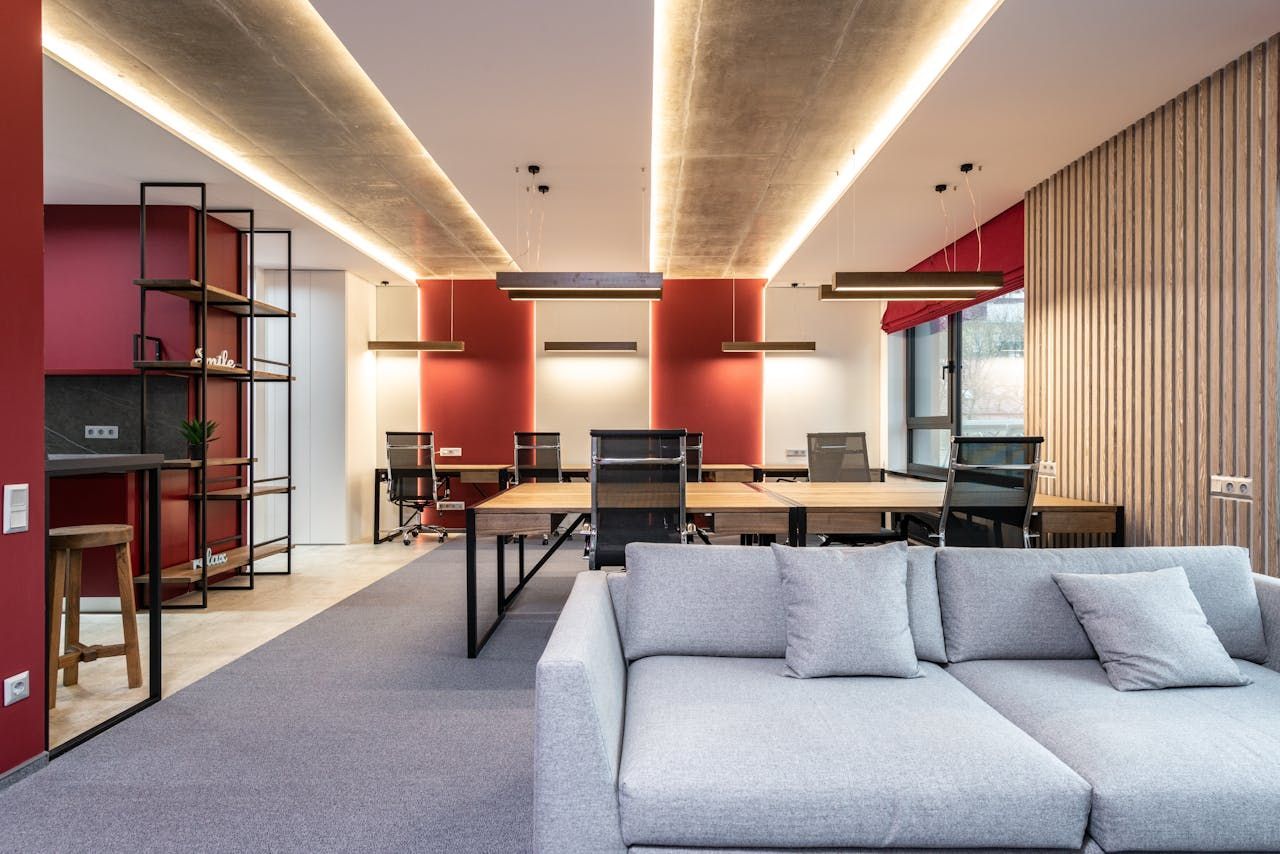Identifying Common Office Pests and Their Signs
Pests, like mice and flies, are more than just a disgusting inconvenience in the office. They can pose a serious threat to your team’s safety, causing damage and disruption. So what can you do about them? And, equally important, how can you tell which pests you’re dealing with?
These unwanted little visitors chew through wires, contaminate food, and undoubtedly make your employees feel uncomfortable.
Not to mention, you won’t be able to close many high-value deals with clients if you have pests running around the boardroom.
But don't worry – we're here to help you take back control of your workspace. In this blpg, we'll walk you through the key ways to identify and manage the most common office pests so your workplace and team can thrive without those pesky intruders.
Mice and Rats
Let’s start by making it easy to identify and look out for the common pests that cause trouble in office buildings…
House Mouse
The house mouse is the most common mouse found in UK offices. It’s typically quite small (8-12 cm long) and is brown or grey. These tiny animals have large ears and a long, thin tail.
You’ll know your office has been visited by house mice if you notice telltale droppings (small, dark pellets) and gnaw marks on food packaging, cardboard or wood. You might also see shredded nesting materials in quiet corners, drawers, or cupboards. Plus, the musky odour and scratching or scurrying sounds, especially at night, will be hard to miss.
Mice, in general, are terrible news for a place of business because they contaminate food and surfaces with droppings and urine, potentially spreading diseases like Salmonella and Hantavirus.
They can damage electrical wiring and other materials by gnawing on them over time and can even trigger allergies and asthma.
Brown Rat
Also known as the Norway rat, these are larger than mice (up to 28 cm long) but equally problematic. Their stocky build, long scaly tail and coarse brown or grey fur make them easily identifiable from mice.
If you have brown rats, you’ll notice larger droppings (10-20mm long), gnaw marks on wood, plastic and even metal, and distinctive smudged grease marks along walls and runways. They tend to create burrows or nests in secluded areas, so keep an eye out in the company stationery cupboard.
Brown rats are a big problem for offices because they carry and transmit a variety of diseases, including Leptospirosis and Weil's disease. They can cause significant damage to buildings and infrastructure by gnawing and can contaminate food and water sources.
Cockroaches
German Cockroach
These revolting critters are small (13-16mm long), light brown and have two dark stripes on their back, so you’ll know you have a cockroach problem as soon as you spot one.
They commonly leave droppings (that resemble coffee grounds or black pepper), shed skin, and leave behind a recognisable musty odour. If you have cockroaches, you’ll see them before long.
You’ll most likely see cockroaches in kitchens, bathrooms or near food sources. They pose such a risk because they can contaminate food and surfaces with bacteria and allergens.
Their infestation can even trigger allergies and asthma and exacerbate eczema and other skin conditions.
Oriental Cockroach
Oriental cockroaches are larger than German cockroaches (20-25mm long) and have a dark brown or black appearance and a shiny appearance. Signs you have Oriental cockroaches include larger droppings (6-8mm long) and a strong, musty odour.
You’ll inevitably see cockroaches in damp areas, too, like basements, drains or sewers.
These bugs transmit bacteria that can cause food poisoning and dysentery, contaminating all food and surfaces they come in contact with.
Because they can exacerbate allergies and asthma, they need to be managed quickly for the well-being of your team.
Flies
Housefly:
You have most likely come across these common flies many times in the UK, but they are typically greyish-black and about 5-6mm long. They have a noticeably loud buzzing flight and a habit of landing on food and rubbish. In hot weather, they can become more sluggish and land sporadically, even on people.
Houseflies leave droppings that are dark, granular spots and their egg clusters are laid in warm, moist areas. You’ll typically see them flying around bins, food and unsanitary surfaces that might give off an odour that attracts them.
Although extremely common, they can pose serious harm, leading to the transmission of bacteria like E. coli and Salmonella and, consequently, food poisoning.
Fruit Fly:
Fruit flies are tiny, tan-coloured flies with red eyes, though you probably won’t be able to make this out because they’re so small.
They hover around overripe fruit, fermented liquids and drains (like the staff room sink).
These flies swarm around bins, fruit bowls, and sinks and leave small, white maggots in decaying matter. This alone is obviously disgusting for your team and your visiting clients, but they can also cause contamination of food and surfaces with bacteria and yeast, as well as spoiling food that’s left out of the fridge.
Drain Fly:
As their name suggests, these flies are small, moth-like, and fuzzy, with wings that thrive in damp areas like drains and standing water.
Signs you might have drain flies include swarms around drains and sinks, larvae appearing as tiny worms in the slimy buildup in and around drains. If you have showers, sinks or floor drains in your workplace, this could be a specific concern.
They cause damage by carrying bacteria from sewage, posing a potential health risk, and they could even indicate plumbing issues in your building.
Ants
Black Garden Ant
These are the common black ants often found foraging for food indoors. If you’re dealing with these ants, you may notice lines of marching ants leading to and from food sources.
They make their nests in soil or wall cavities - so you will often see mounds of displaced sand and soil where they’ve excavated it for their network of tunnels.
Aside from causing annoyance and inconvenience, they can lead to contamination of food and surfaces with bacteria as they climb on and then begin to devour whatever takes their fancy.
Pharaoh Ant
These are tiny, yellowish-brown ants that establish multiple nests within buildings.
You will usually see their trails leading to sweet food sources - like a shared celebration cake in the staff room or the sugar bag beside the kettle.
Unfortunately, their nests are more difficult to locate, often hidden within walls or appliances. Because they usually have more than one nest, they are especially difficult to eradicate, and the nests themselves can cause damage if made in just the wrong place (such as air conditioning pipes or inside electrical devices).
Other Pests to Watch Out For
If that wasn’t already enough to look out for, these are some of the other pests we clear out for busy office managers invaded by unwanted visitors:
Clothes Moths:
These moths damage fabrics and carpets (look for holes or shed larval casings).
Bedbugs: These tiny creatures feed on human blood and infest all types of furniture not just beds, spreading quickly and easily from workplace to home (look for bites or bloodstains).
Birds: Their nests on rooftops or ledges can cause damage and carry diseases, particularly with the risk of bird flu (look for droppings, feathers, or nesting materials).
Prevention is Key
What can you do once you’ve noticed and identified your pests? Well, ideally, the best way to deal with office pests is to prevent them from taking hold in the first place. Here are some tips to get proactive:
Proper food storage: Store food in airtight containers and clean up spills promptly.
Regular cleaning: Keep the office clean and free of food debris.
Seal entry points: Seal cracks and gaps in walls, doors and windows.
Rubbish disposal: Empty bins regularly and keep lids closed.
Professional pest control: Schedule regular inspections and treatments from reliable experts like LNC Services to prevent infestations before they start.
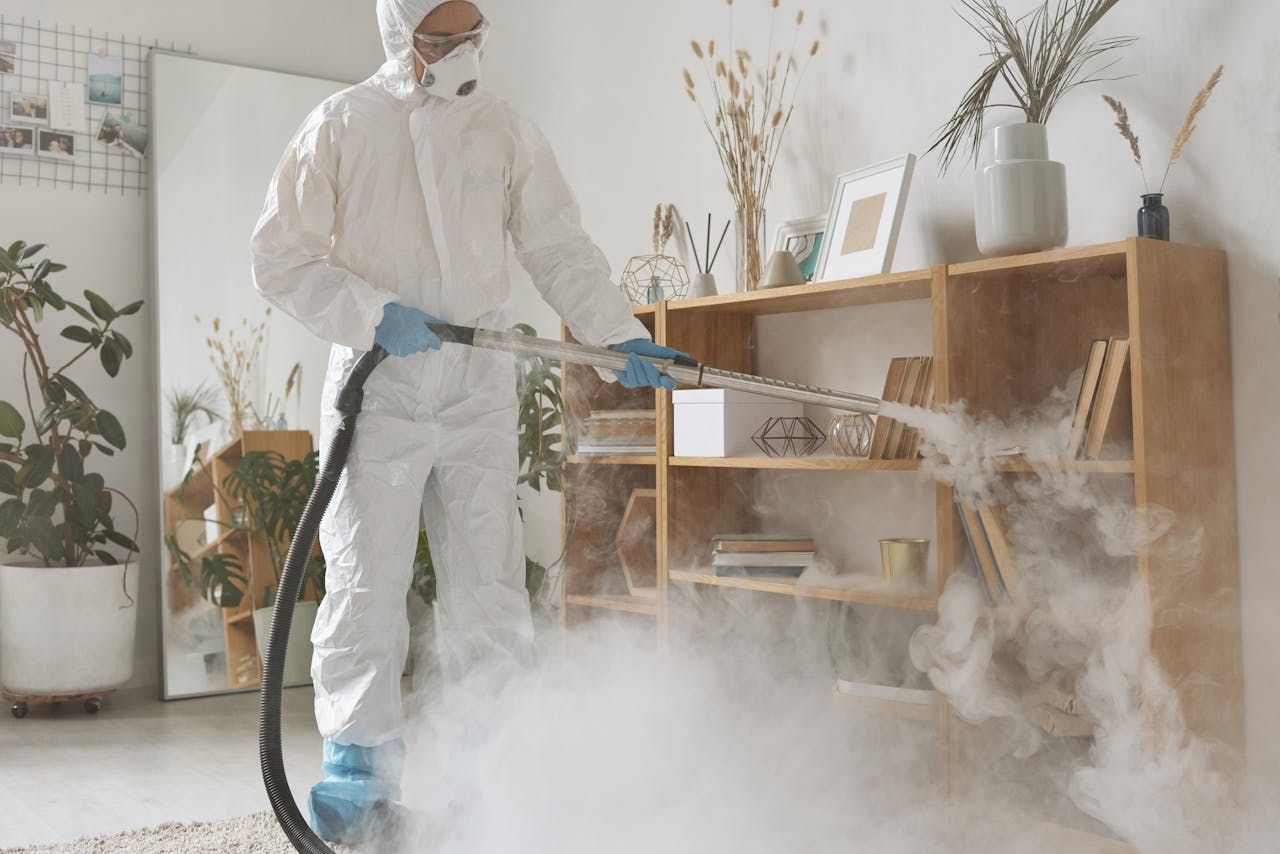
Keep The Pests Away For Good
By being vigilant and taking proactive measures, you can create a pest-free environment that promotes a healthy and happy workplace.
Want to take control of your office pest situation before it becomes unmanageable? Get in touch with our pest control experts for a quote today
and be certain your office will stay critter-free.
